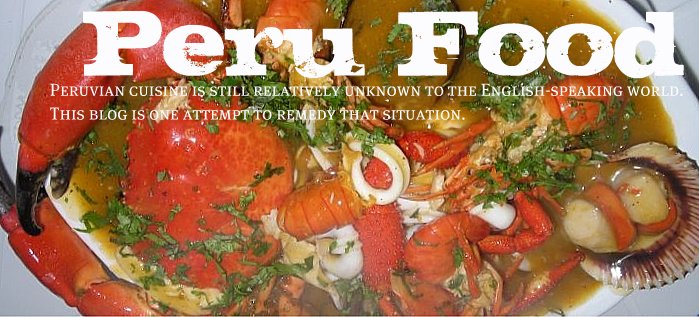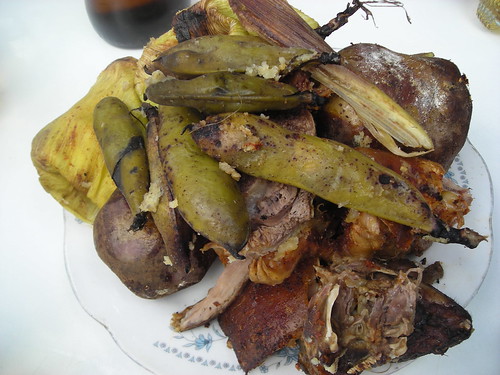The Hotel Crillón has been closed for many years now, in part due to family squabbles, as well as the evolving face and demographics of Lima's historical center.
But during its apogée, there was no more a chic address than Lima's Hotel Crillón.
And there was no better kitchen than that of the Crillón's rooftop Sky Room, where a Peruvian food extravaganza, accompanied by the finest Peruvian music, were the delight of locals and visitors alike.
Perhaps, one day in the near future, the Crillón will open its doors again, and the Sky Room will once again be one of Lima's prime destinations.
Until then, we have these pictures to remember the Sky Room's, and La Colmena's, heyday.





Click here for the Peru Food main page.
TAGS: Peru, Peruvian, food, cooking, cuisine, cocina, comida, gastronomía, peruana
TAGS: Peru, Peruvian, food, cooking, cuisine, cocina, comida, gastronomía, peruana












































